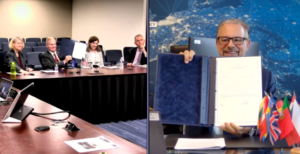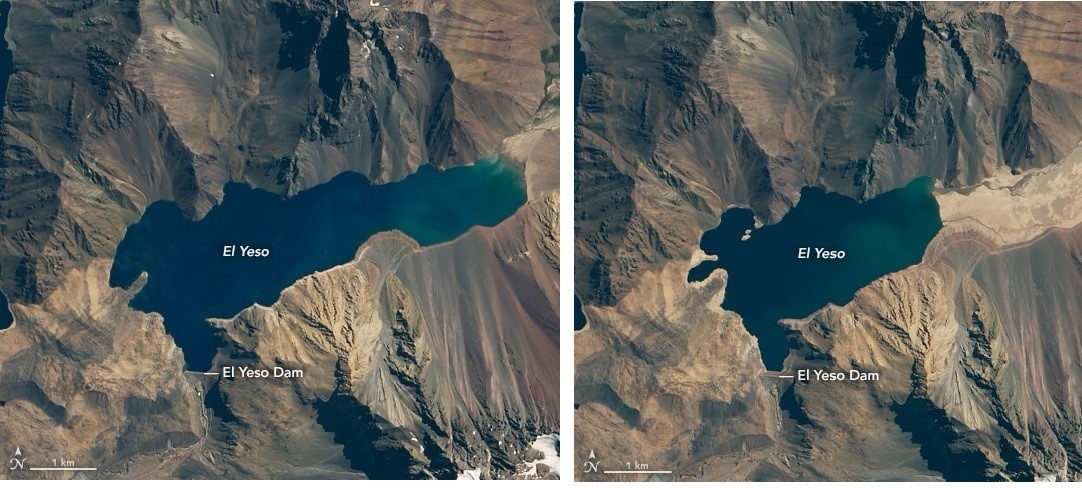The National Aeronautics and Space Administration (NASA) and the European Space Agency (ESA) signed an agreement to monitor climate changes that affect the earth. The agreement, signed on July 13, 2021, will help address and mitigate climate change through Earth science research, open data, and applications, NASA said in a statement.
“NASA and ESA are leading the way in space,” NASA Administrator Bill Nelson said during the virtual meeting. “Climate change is an all-hands-on deck, global challenge that requires action — now.”
NASA and ESA provide most of the planet’s science coverage through their satellites, Thomas Zurbuchen, NASA associate administrator for the Science Mission Directorate, said. The agreement forges “a critical international climate science partnership to tackle the most challenging climate questions in an integrated and strategic way,” he added.

Climate threat
For his part, Toni Tolker-Nielsen, ESA’s acting director of Earth Observation Programmes, said, “We are already witnessing the effects of climate change through rising temperatures, rising sea levels, [and] melting ice […].”
NASA’s fleet of satellites and instruments that it uses to observe the Earth have identified some of these effects in Latin America.
In July, the Landsat 8 satellite captured an image of the dry Paraná River Basin in Argentina. “A prolonged period of unusually warm weather and drought in southern Brazil, Paraguay, and northern Argentina dropped the Paraná River to its lowest water levels in decades. The parched river basin has hampered shipping and contributed to an increase in fire activity in the delta and floodplain,” NASA said in a statement.
Another image that Landsat 8 captured in March shows the drought of El Yeso, one of the main reservoirs that supply the city of Santiago, Chile. This phenomenon has lasted for more than a decade due to rainfall shortages, with extreme consequences for farmers; dozens of farm animals have died and tens of thousands more are at risk, NASA reported.
In January 2020, the Landsat 7 satellite captured an image of accelerated water lily growth, a result of global warming and pollution in the Valsequillo reservoir, in Puebla, central Mexico. This plant covers nearly half of its surface, NASA reported. In recent decades, water lily proliferation has increased in reservoirs worldwide.
All the glaciers in the Andes are melting. On average, they have been losing almost a meter in thickness every year since 2000, due to higher temperatures. This makes the mountain range the mountain region that has lost the most ice relative to its size worldwide, France 24 news agency reported on May 14, 2021.
Zurbuchen explained that NASA and ESA will not only provide Earth science observations, research, and applications, but all of their findings will be free and open for the benefit of the planet.
“Without doubt, space is the best vantage point to measure and monitor climate change, but joining forces is also key to tackling this global issue. ,” Josef Aschbacher, ESA’s director general, said at the agreement’s signing









